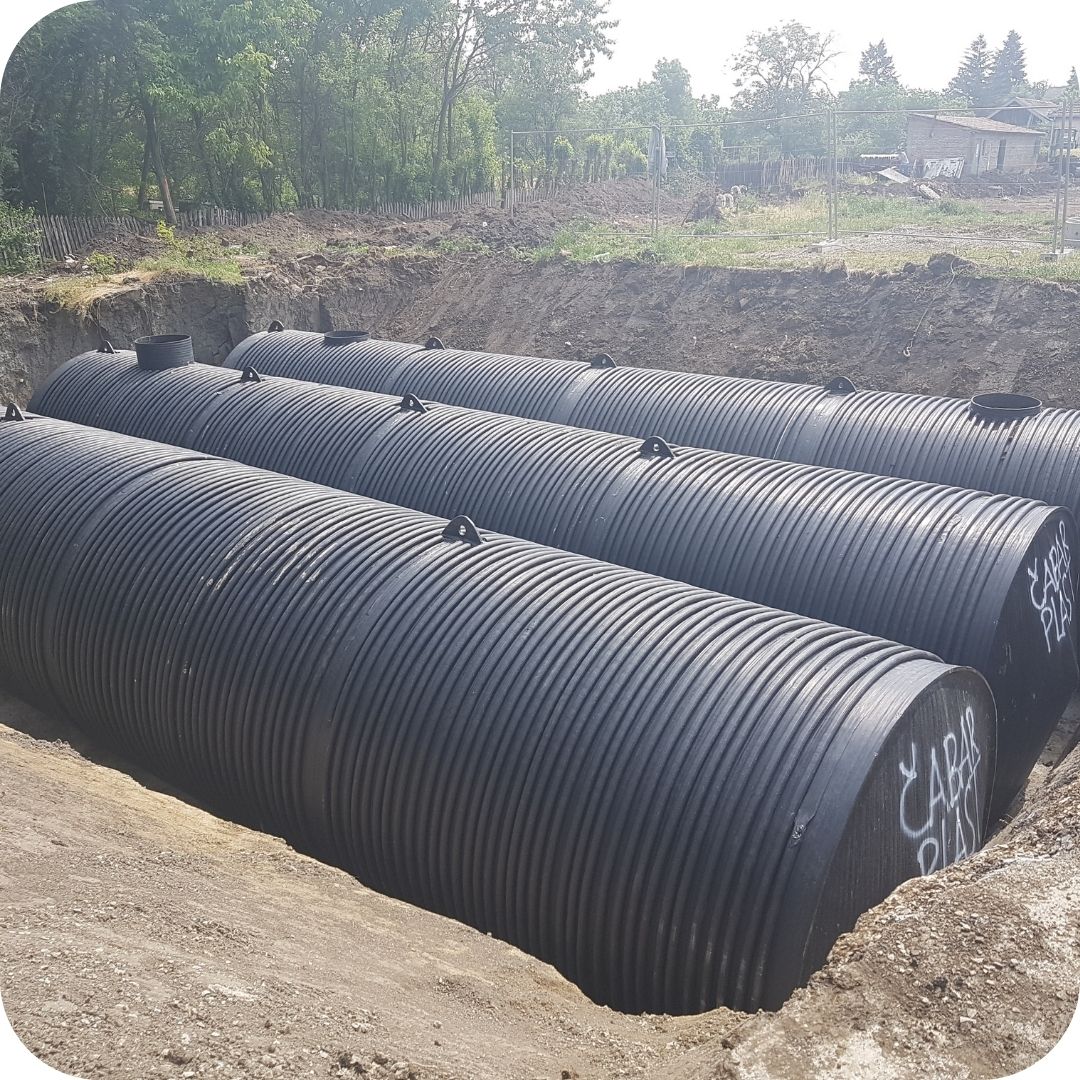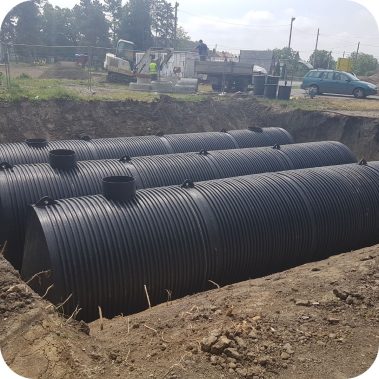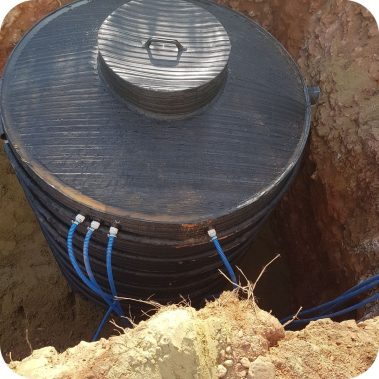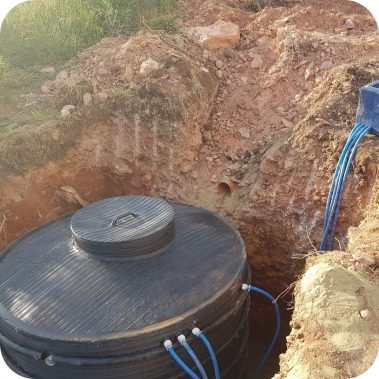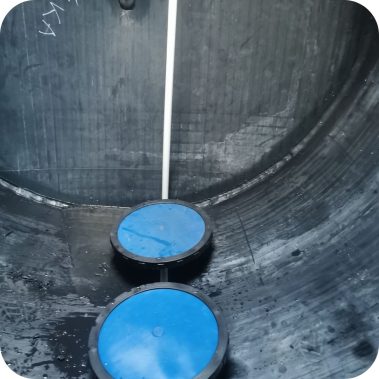Prečistači otpadnih Voda
Prečistači otpadnih voda sa sistemom aktivnog mulja su visokoefikasni sistemi koji koriste mikroorganizme za obradu i prečišćavanje otpadnih voda iz domaćinstava, industrijskih postrojenja ili komunalnih sistema. Osnovni princip rada ovih sistema zasniva se na biološkoj razgradnji organskih zagađivača uz pomoć bakterija koje žive u suspenziji u vodi, poznatijih kao aktivni mulj.
Naša firma Čabar Plast je sa svojim partnerom iz Hrvatske razvila jedinstvene male kompozitne sisteme za tretiranje otpadnih voda- prečistač otpadnih voda od 4-50 ES (ekvivalent stanovnika).







